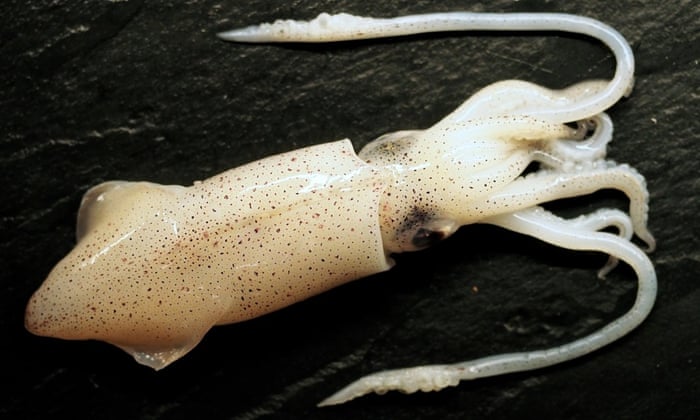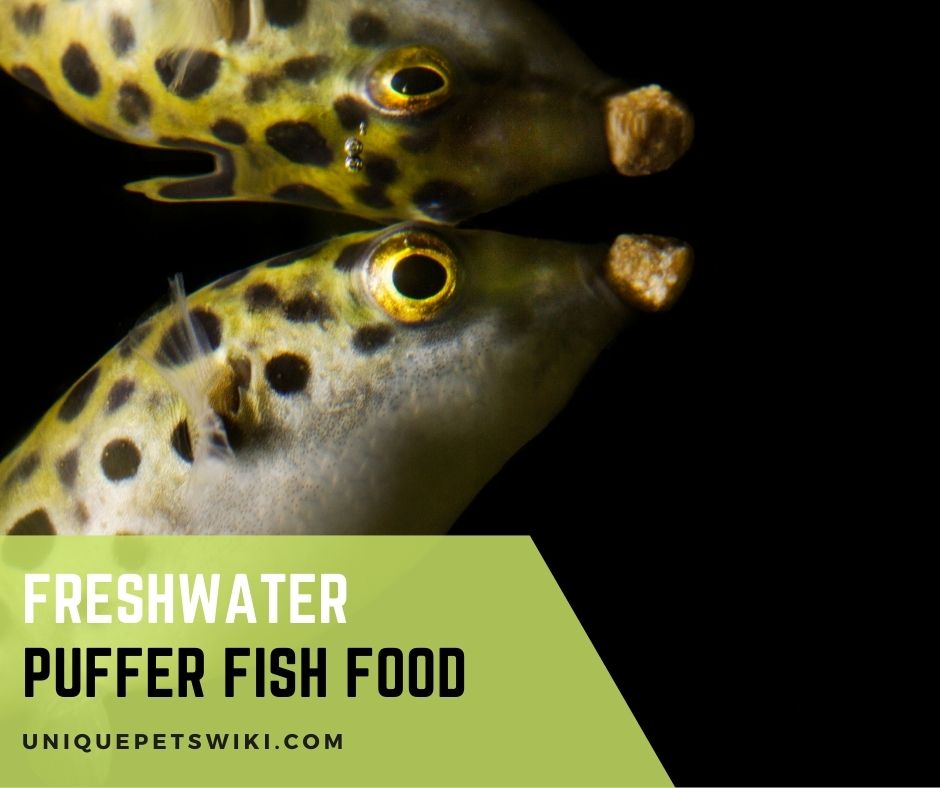What is freshwater puffer fish food? Pufferfish are omnivorous animals, and they will eat a fairly varied diet. Puffers have four front teeth that converge and look like a beak. You need to put it into consideration when you care for a puffer fish.
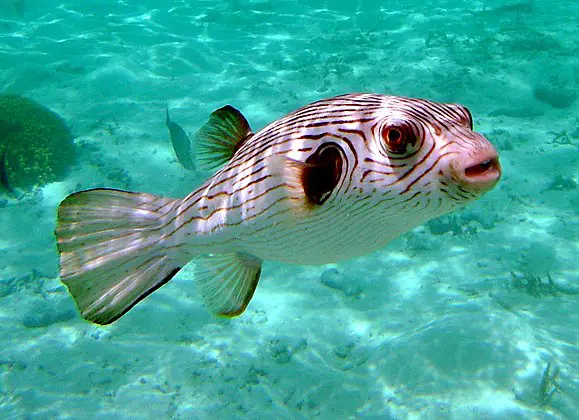
The teeth form a sharp chopping machine, and they feed regularly. For their upkeep, you will need to feed them on hard shells of food to file them down and not allow it to stop growing. Puffers have an exciting personality, and they will learn to beg for food from their owners.
Puffers also have specialized requirements for their food. Some of the things that I found out about feeding of pufferfish after extensive research are listed below.
Contents
Puffer fish diet
Pufferfish diets comprise of algae and invertebrates, and large specimens can also crack and eat clams, shellfish, and mussels with their hard beaks. They are also able to synthesize their deadly toxin from the bacteria in the animals that they eat.
Behavior of pufferfish
In the wild, pufferfish are ferocious predators, and different species have different hunting techniques. Some of the open water hunters like the golden puffer and South American puffer who swims over rocky and sandy substrate searching for prey.
South American Puffer
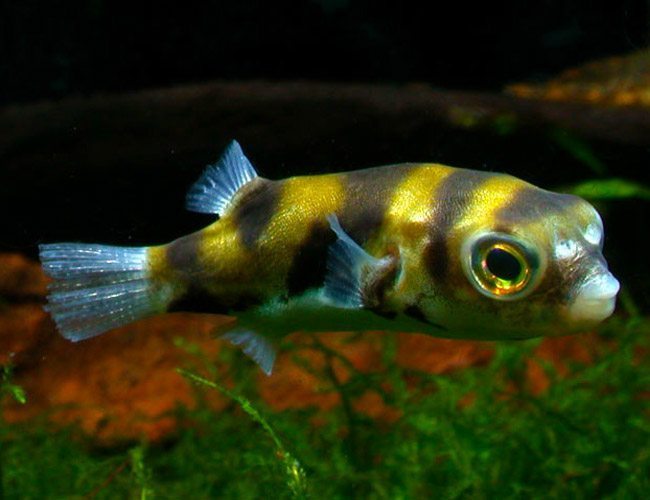
Pufferfish like crested pufferfish and dwarf puffers are stealth predators. You will find then in overgrown riverbanks and places with various hiding spots where they can hide and attack their prey from the shadows.

Species like Congo puffers belongs to the group of ambush predators. This group will dig themselves in the sand while they wait for fish to come by so they can lunge upward and kill it.
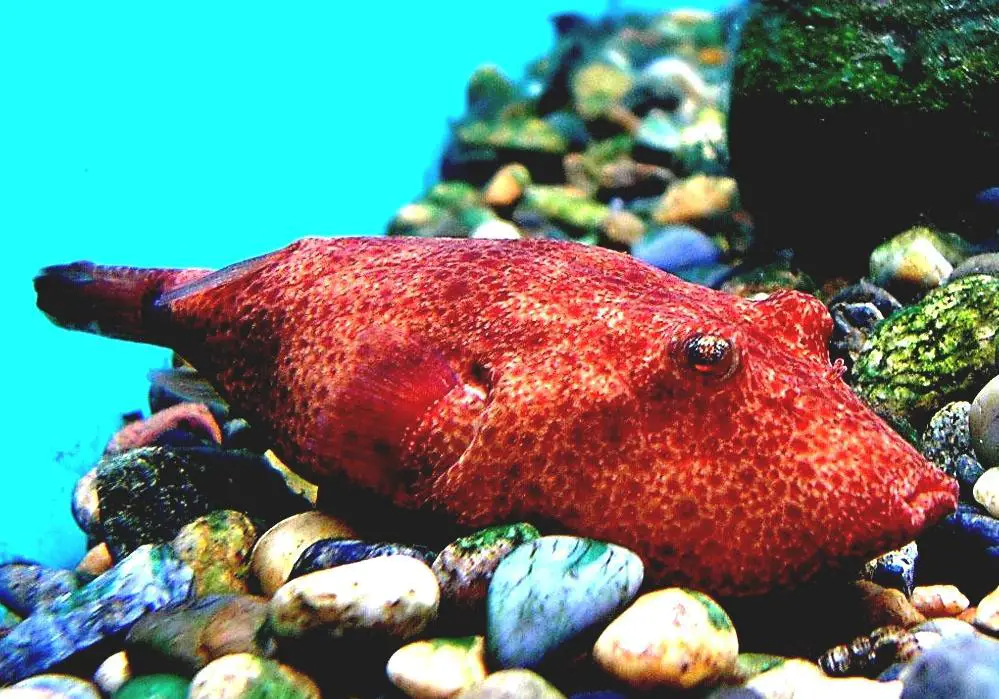
Pufferfish are also aggressive to each other and other fish species. They are also fin-nippers as they will nip the fins of the fish that are kept with them. A unique behavior found in numerous pufferfish species is their ability to blow or spit water over the substrate to uncover prey. They will also spit water at you from the surface when they are hungry or for more food.
Puffer fish eats everything?
You will need to feed your puffers based on its size. If you are keeping small species, you will feed them daily. Mid-sized species can be fed every other day while the large species can be fed twice or three times a week.
Note: Avoid overfeeding them; they are also good at doing things that will impress you to earn more food.
Feeding Your Puffers
You do not have an excuse to feed your puffers with a poor diet. Many puffers have a diet which comprises of just crustaceans, shellfish, and hard-shelled foods like snails. The foods listed are a basic requirement when it comes to feeding puffers so that their teeth are constantly worn down to prevent its overgrowth. It means if you feed them with shell foods, you will not need to file their teeth yourself.
Note: some puffers rely more on the hard foods to wear down their teeth than other species. The hunter category of puffers seems to benefit more from eating this diet than the ambush category. However, there is usually some exception to this at times.
Types of freshwater pufferfish food
Freshwater puffer fish food are very from the frozen food to Freeze-dried food, or live food such as small shrimp.
Frozen food
You can offer varieties of food to your fish. The most common food to feed them is frozen food, and this is because you can easily store them. All you need is to keep the food frozen, and you will then thaw the food before you give it to your fish. Some of the frozen foods that you can feed them are krill, mussel, crabs, cockle, prawn, black worms, king prawn, bloodworm, etc.
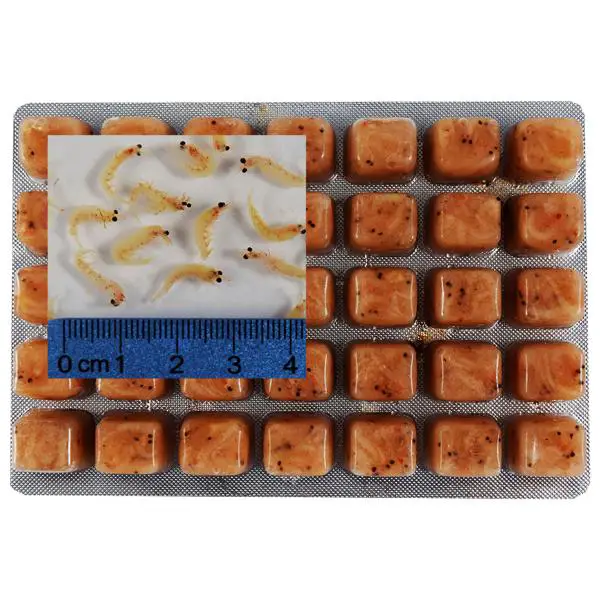
Thawing of frozen food
There are different ways that you can thaw the food before you feed your puffers. Some people leave the frozen food to defrost overnight in the fridge while some defrost them with a cup of tank water. You can boil water and allow it to cool off before you pour it in a bowl that contains frozen food. Another way to thaw it is by enabling the feed to thaw with vitamin water.
After defrosting, it is best if you strain the water off before you feed your fish. If you have pre-packed frozen cubes like bloodworm, it is good advice to defrost, rinse, and strain them through a fine net. This method will make sure that you add only the food into the tank and nothing else that can cause an increase in the bio load in your tank.
Freeze-dried food
Freeze-dried food is another form of food for your pufferfish. You will need to soak freeze-dried food before you offer it to your fish. A great way is by using vitamin water for soaking them so that your puffer can get a healthy meal. Some of the freeze-dried foods for your puffers are plankton and krill.
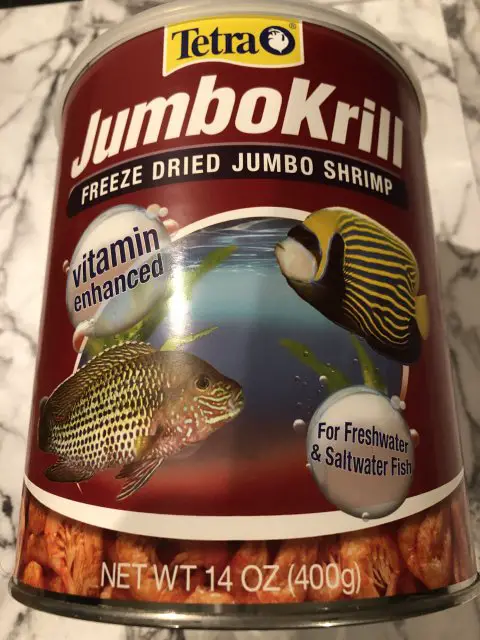
Live food
You can also feed your puffers with live food, and you will find numerous live food to feed them. However, it would be best if you avoided feeder fish because they can cause problems for your puffer. It would be best if you kept in mind that not all puffers are piscivorous. By introducing feeder fish to them, they can contract diseases, and the diet is not going to be beneficial to them. Prolong feeding your puffer with fish can lead to issues like fatty liver and ultimately, death.
If you want to feed them with live foods, it is great if you can gut load them before you offer them. For instance, if you are offering a ghost shrimp, you can feed the shrimp on vegetation which the puffers can receive when they feed on them.
If you are going to harvest the live food yourself, you should take into consideration the area where you source for them. That is, you should source for your live food from the area that is free of fertilizers, pesticides, weed killers, and so on.
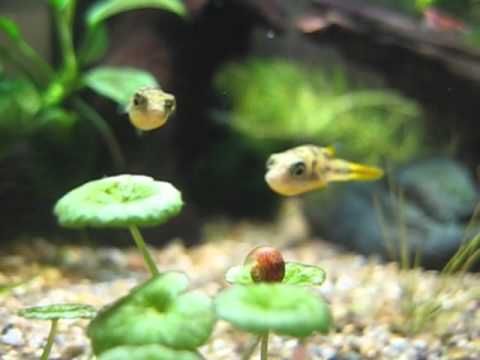
Feeding your fish with live food
You should ensure that you feed your freshwater puffers with live foods that are quarantined. It would be best if you tried to segregate the life feeder foods as they may make your puffers sick, and they also feed on prey animals like snails. Some of the live food that you can feed your puffers are crayfish, snails, shrimps, crabs, crickets, earthworms, blackworms, bloodworms, etc.
Note: When feeding your puffers, it is best to keep watch as much as possible. This will give you the chance to see if they are feeding well, and you can also remove the remaining food from the tank to prevent the deterioration of the water. It will also benefit your puffers if you can feed them with a varied diet.
What household food can pufferfish eat?
Crustaceans
You can feed your puffers with hard and crunchy food such as unshelled shrimp for their teeth. You can also feed them with crabs and shrimp, but they have a chemical known as thiaminase. Thiaminase interferes with the absorption of vitamin B1. You can quickly get around this by soaking the thawed crab and shrimp in B1 supplements. It is also best to feed them with these sparingly.
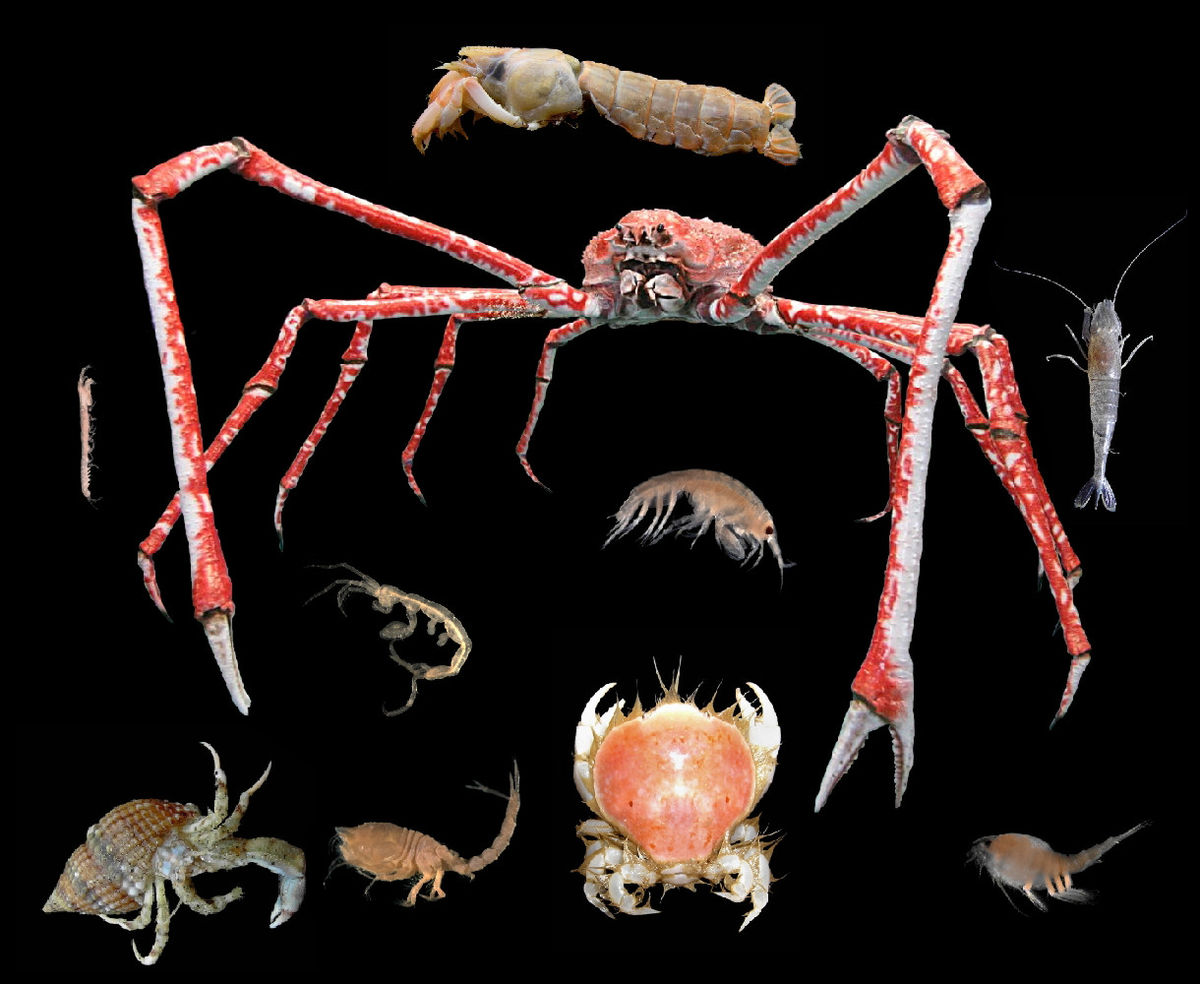
Bivalves
Your puffers will love cockles, clams, and mussels. One of the best foods that you can give your puffers is the mussels because they have thinner shells that puffers can crunch with their beaks. You can feed them whole to large puffers or dice them for smaller puffers. Mussels also comprise of thiaminase, but you can quickly soak them in supplements.
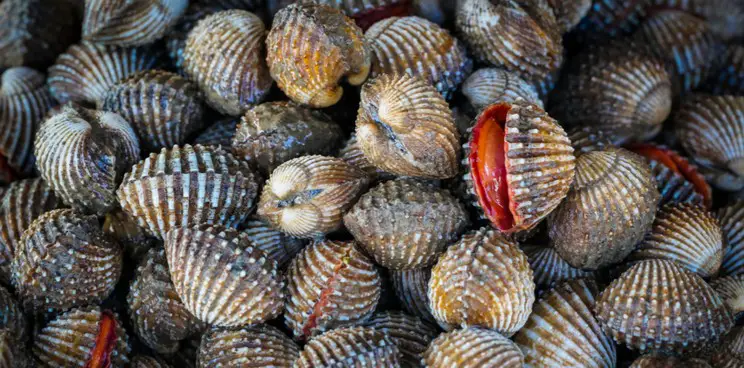
Frozen Fish
Pufferfish will appreciate frozen and fresh fish. If you want to feed them with frozen fish, you can shave off chunks with a cheese grater. You should avoid feeding them with oily species such as tuna and herring. Salmon is excellent for puffers as it is rich in carotenoids, which helps in maintaining the color of aquarium fish. It would help if you kept in mind that puffers need crunchy foods in their diet and should avoid feeding them with fish alone.
Squid
Squid is also a perfect pufferfish food that you can quickly get. You will need to chop the squids to size, and you can use a cheese grater to shave off chunks for frozen squid. Since squid has no crunchy parts, you will also need to feed your puffers crunchy foods.
